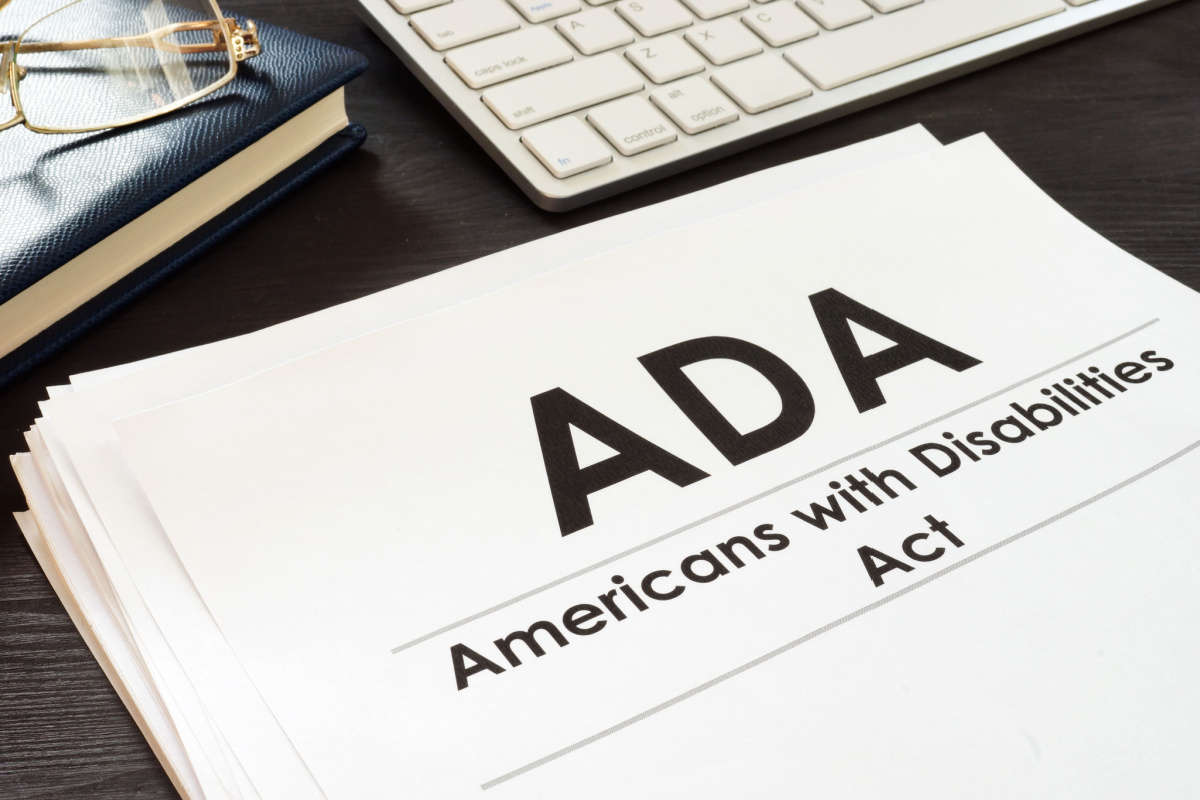
ADA compliance makes certain that a website is designed to be experienced by those with differing abilities. Legally, people with hearing, vision, or physical impairments must be able to navigate all websites. However, accessibility can be difficult to design and maintain.
ADA compliance refers to the Americans with Disabilities Act Standards for Accessible Design. The law requires that all electronic information be accessible to those with disabilities.
The journey of ADA website compliance has been difficult. When the internet was relatively new, website designers and businesses were not held to strict standards. Over the last decade, the world has become much more dependent on electronic communication.
Some common complaints about website accessibility involve the following characteristics:
According to a study by Deque Systems, two-thirds of visually impaired Americans experienced ADA compliancy issues when attempting to make a purchase online. In addition, the study found that 70% of e-commerce, news, information, and government sites had critical non-compliance characteristics.
An example of how ADA non-compliance hurts those with differing abilities can be seen in the workforce. Most job openings are posted online and refuse in-person resumes. In addition, many prospective job applicants must fill out several online forms, complete personality testing, and send resumes via email.
Large and small companies also introduce various types of software and hardware in an attempt to make business easier. However, advancing technology may be leaving behind many with disabilities.
A workplace technology study found that:
If a person with different abilities cannot access the information or complete the onboarding application process, it may be considered discrimination.
Over the last decade, the United States has seen a dramatic increase in ADA non-compliance lawsuits. Since 2013, the number of ADA non-compliance lawsuits has risen by 320%.
The total number of ADA federal lawsuits launched over the years has steadily increased:
Prior to 2013, a lawsuit aimed at inaccessible websites was practically non-existent.

Creating a fully accessible and ADA compliant website has many challenges. It can be difficult to account for the broad spectrum of abilities and barriers.
For example, assisted technology for differently-abled persons has seen major improvements over the years. A website must be accessible to those with and without assisted technology.
Unfortunately, some website designers and companies only provide accessibility to a limited number of differently-abled users. The Web Accessibility Initiative (WAI) has attempted to list the spectrum of abilities and impairments websites must consider to stay ADA compliant:
When a site cannot be successfully navigated by those experiencing all of the above barriers, they may face a range of penalties and fines.
Websites that do not meet ADA compliance standards can incur multiple fines and penalties from lawsuits. The legal ramifications can include the following:
In addition, companies may suffer adverse effects on their reputation. It is critical to check ADA website compliance.
One of the best ways to ensure a website is ADA compliant is to go by the WCAG guidelines provided by the WAI. The WCAG guidelines describe four key principles to build and maintain an ADA compliant website.
Users have different abilities. Some users may have visual impairments. Others may be born with hearing impairments. Making sure website content can be perceived by all users is crucial.
Some examples of user-inclusivity involve:
All users should be able to operate a website. This often involves making sure a website can be navigated by mouse, keyboard, and voice. Some assisted technology will allow users to scroll and click with keyboard commands. If a site is only maneuverable by mouse, the website will be inaccessible.
All users should be able to easily understand and access the information on a webpage. To comply with ADA standards, businesses may need to provide instructions for site tools and other features on the page. In addition, subtitles on videos and captions on photographs must be written in a way that a visually impaired person can easily comprehend.
Along with accessibility, websites must provide or attempt to provide the same overall user experience as someone fully abled. In other words, the content provided for disabled users must retain the same quality. Captions, descriptions, and other content should not be unnecessarily shortened. All users must be treated the same regardless of their abilities.
Content, design, and navigation should be considered when evaluating website ADA compliance. Website content, including social media, emails, and blogs, should be accessible and concern a site’s:
Design is also important. The color contrast, font, and alt text on images and videos are crucial for those with differing abilities and their adaptive technology.
In addition, keyboard navigation, fillable forms, CTA buttons, and other features need to be accessible for multiple devices and abilities. Improving a non-compliant website now can save thousands in preventable lawsuits.
Get the latest posts in your email
Cross Country Creative offers legal advertising solutions, from a simple no obligation consultation to custom solutions. Let us know what we can do for you.
Contact UsThe internet has become an indispensable part of everyday life for people around the world. According to WHO, 15% of the world’s population has some kind of disability. There…
READ MOREInconsistent NAP (Name, Address, Phone) information can harm a legal business’s voice on search and affect credibility. We’ve all experienced driving to a new pizza pla…
READ MORECall-to-action phrases in advertising emerged in the early 20th century with the telephone and the development of media like radio and TV. Direct response ads urge readers or liste…
READ MORE